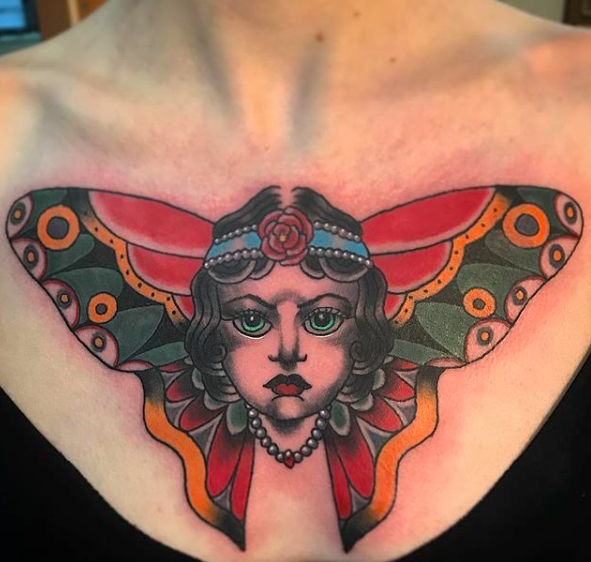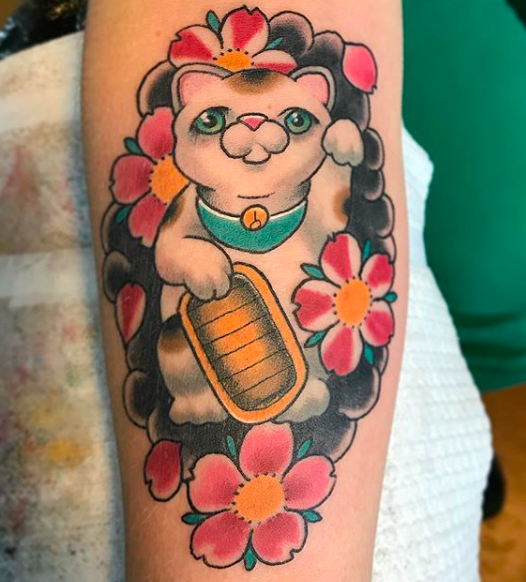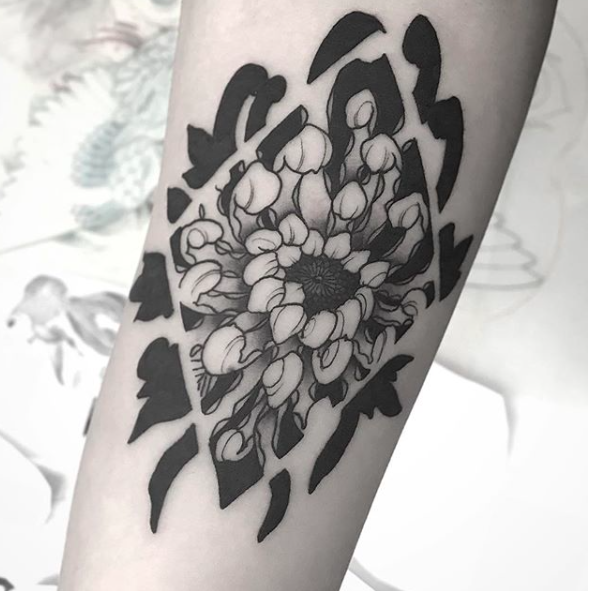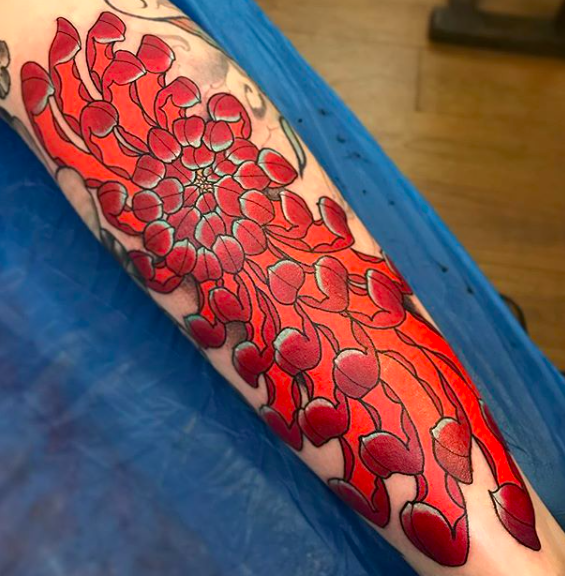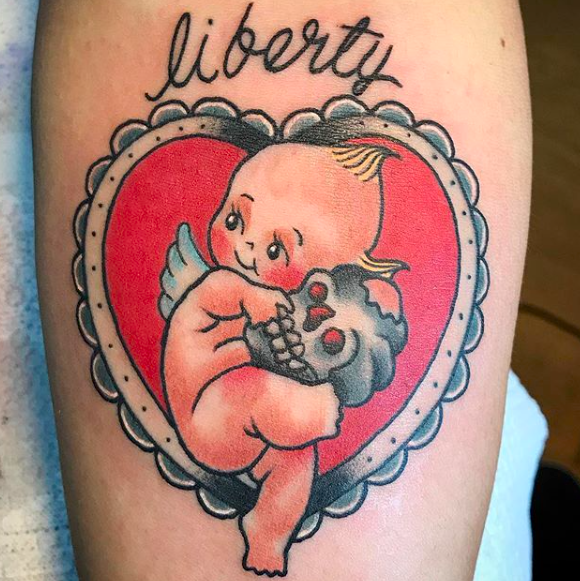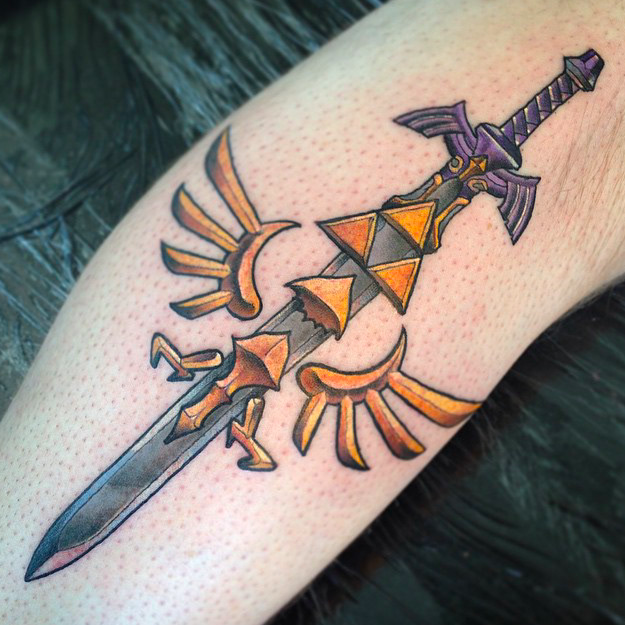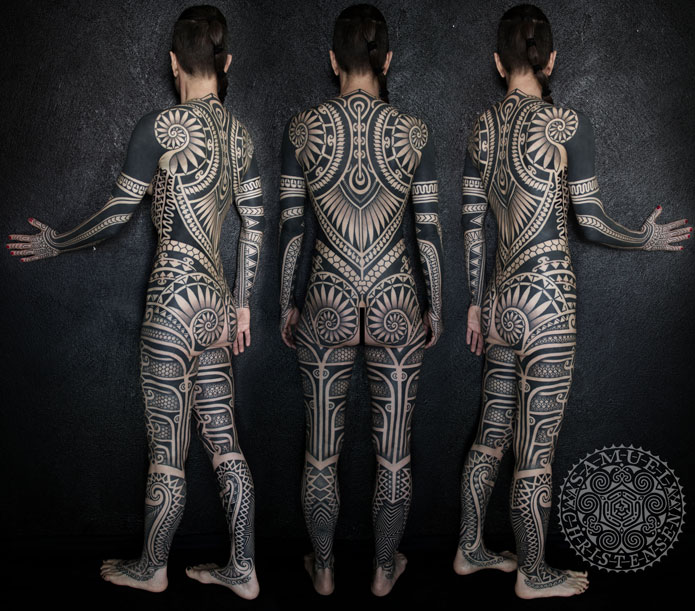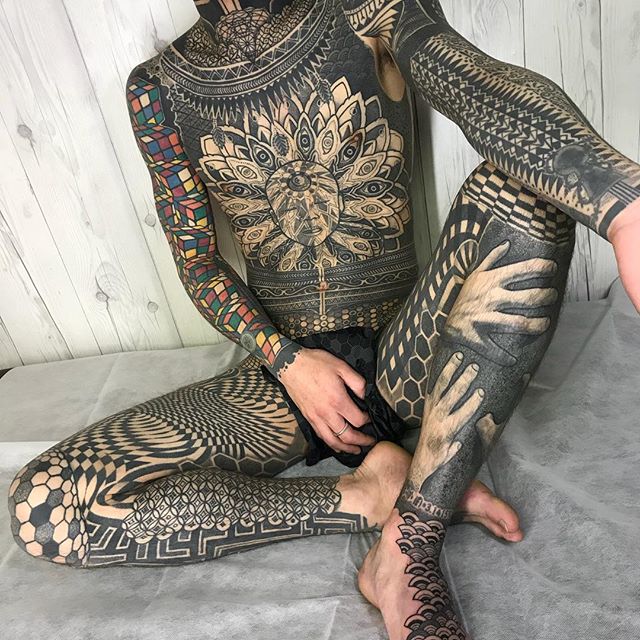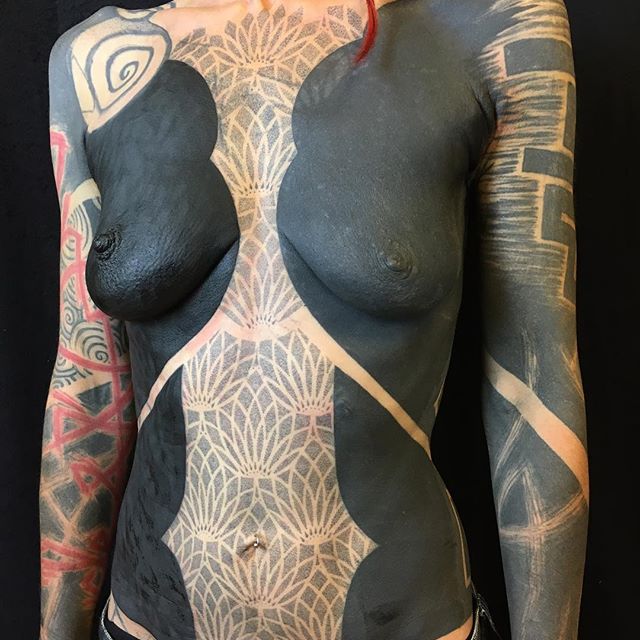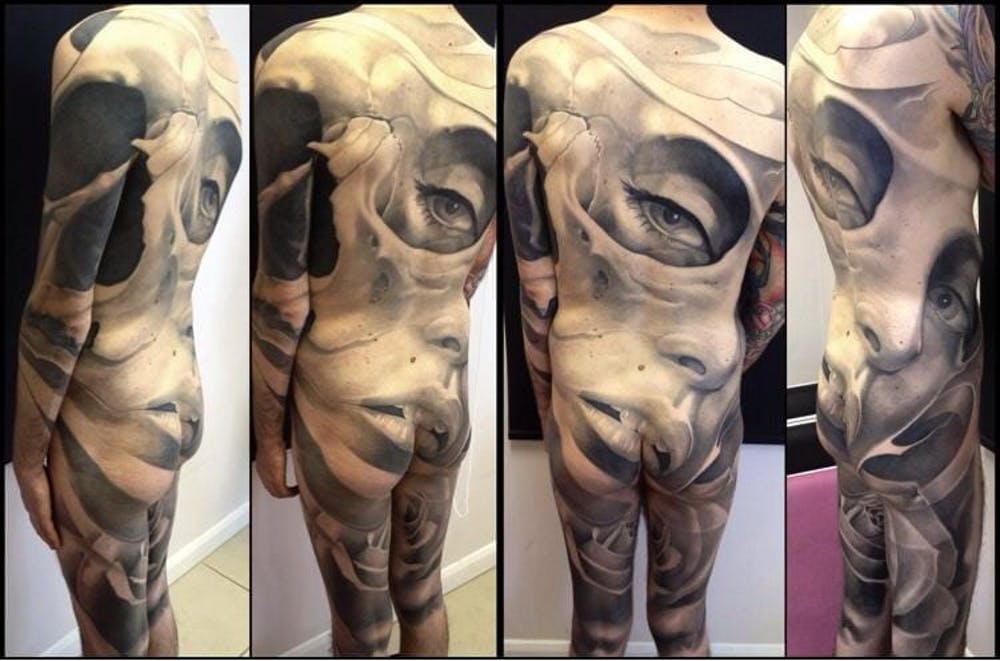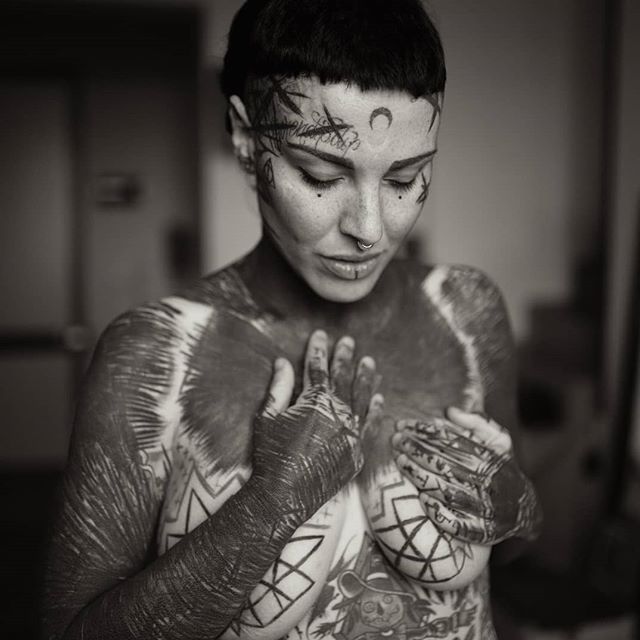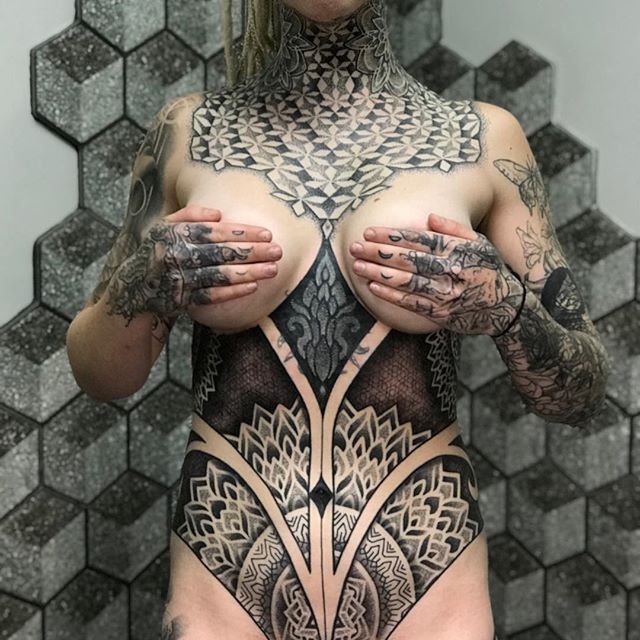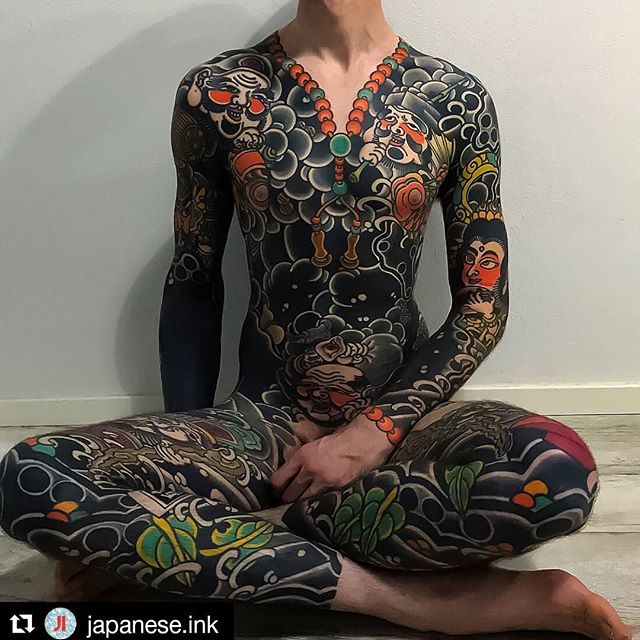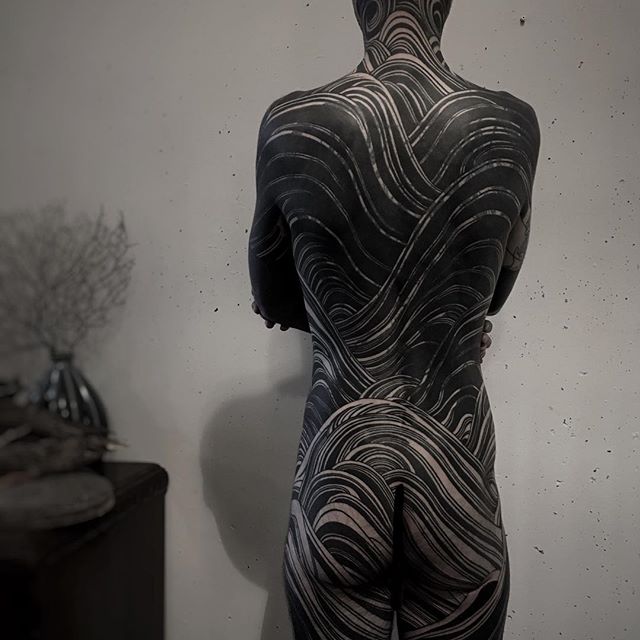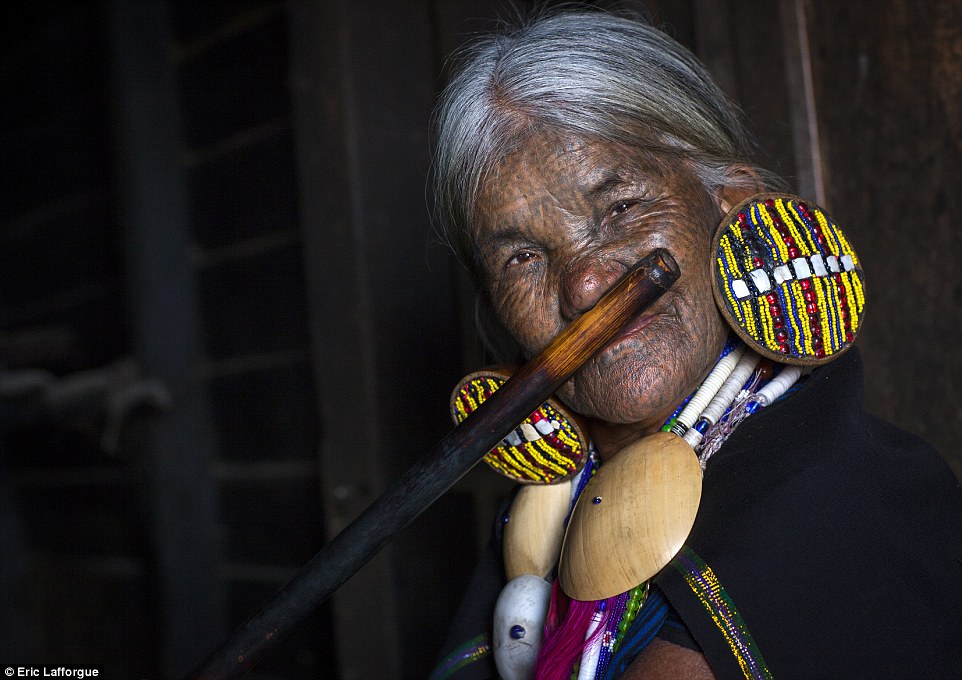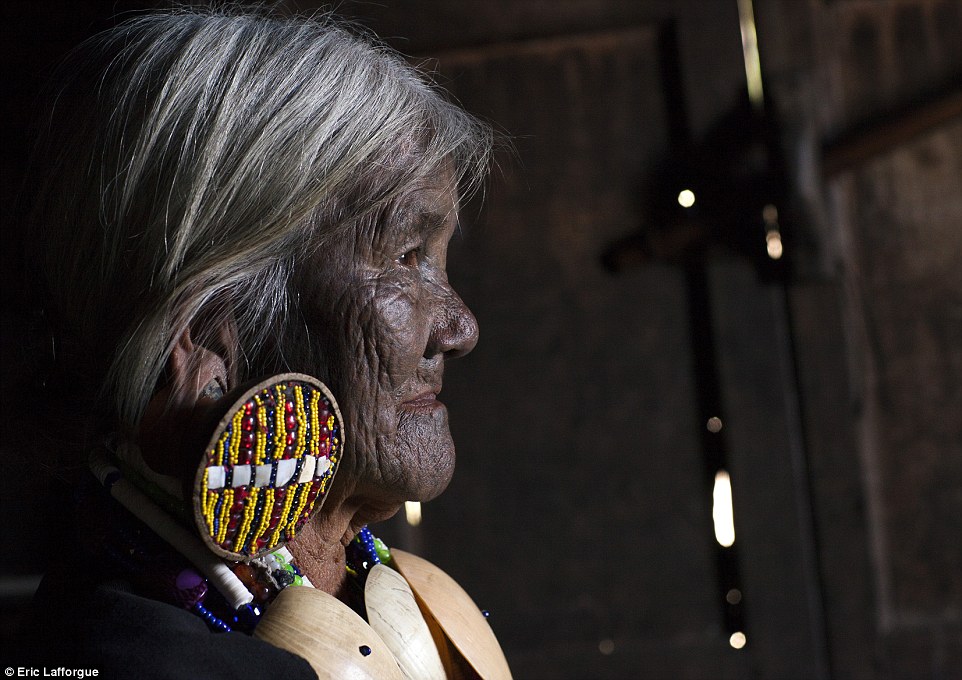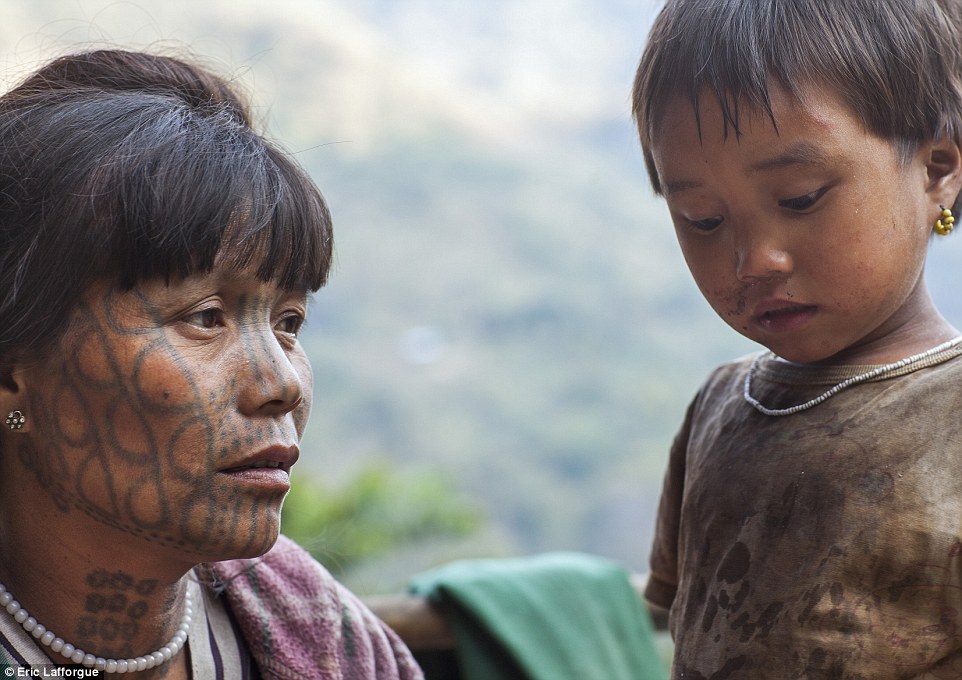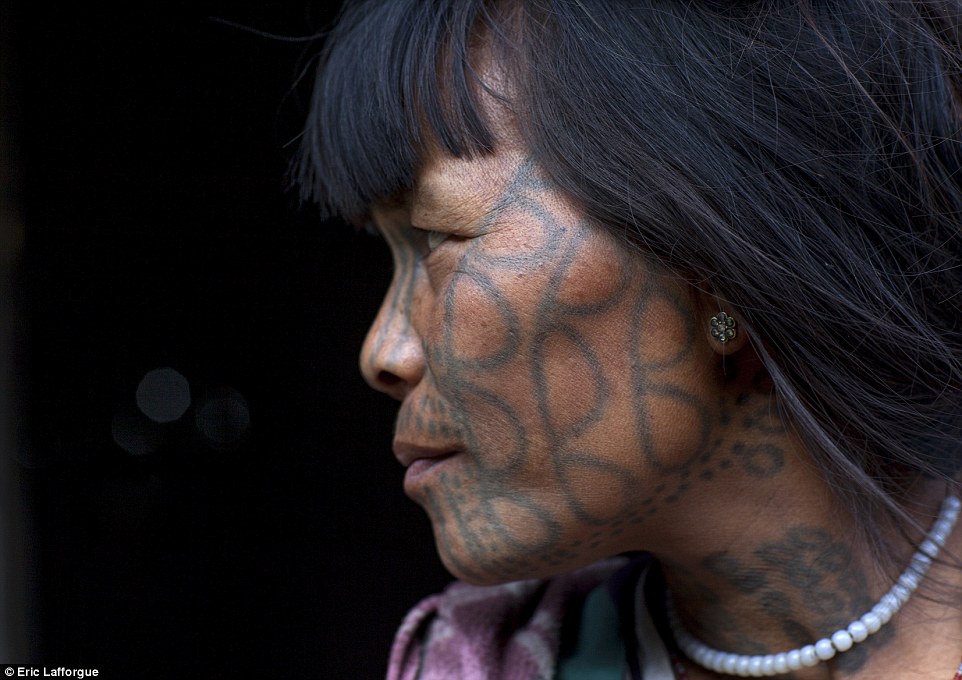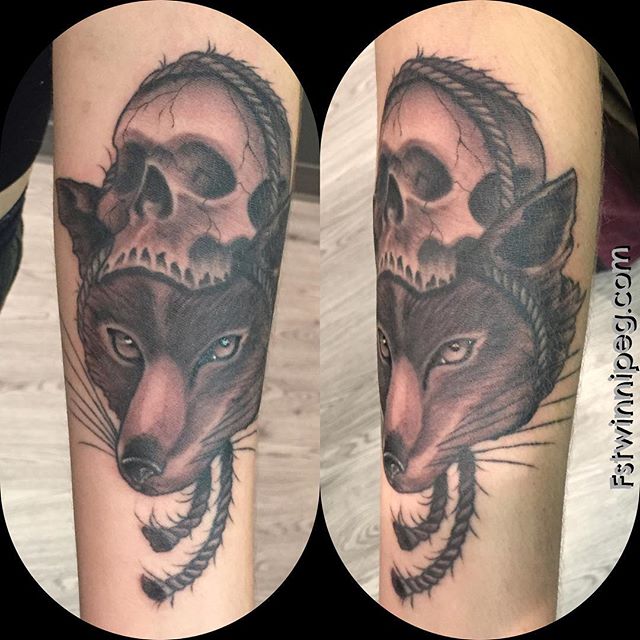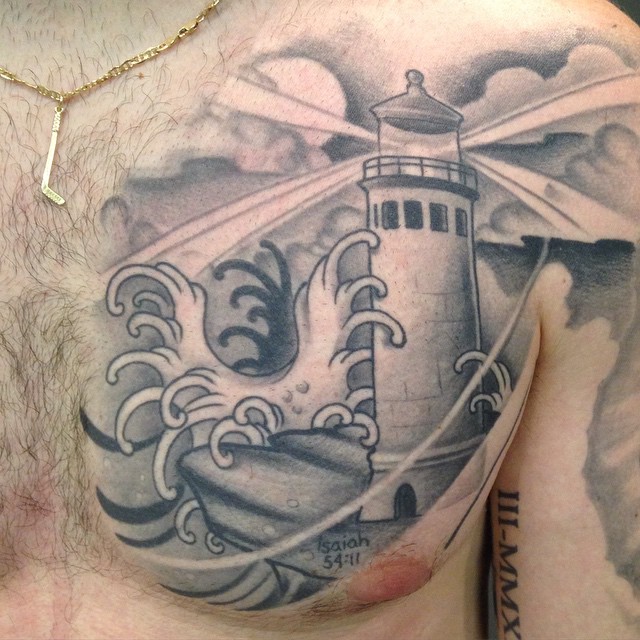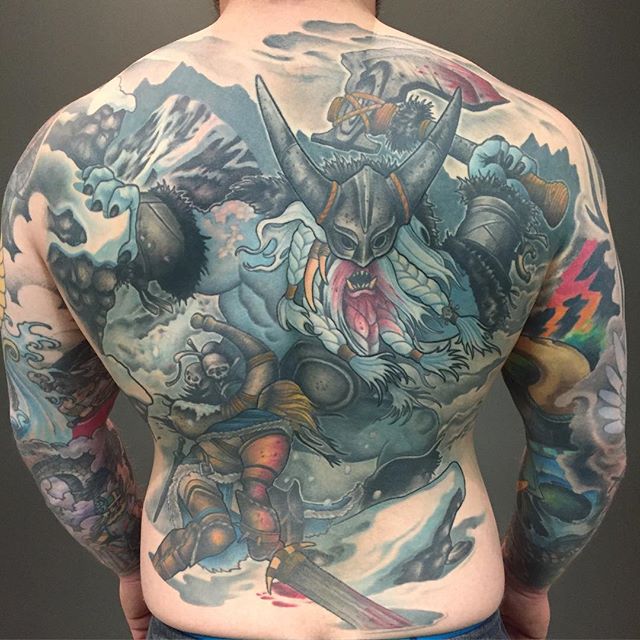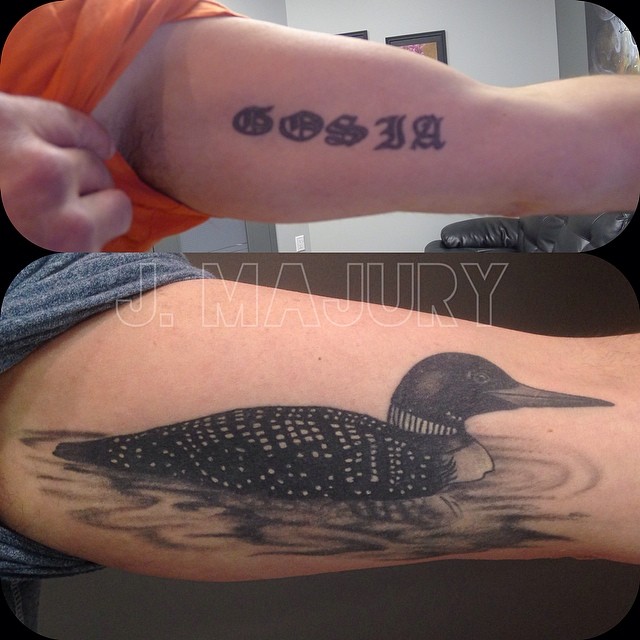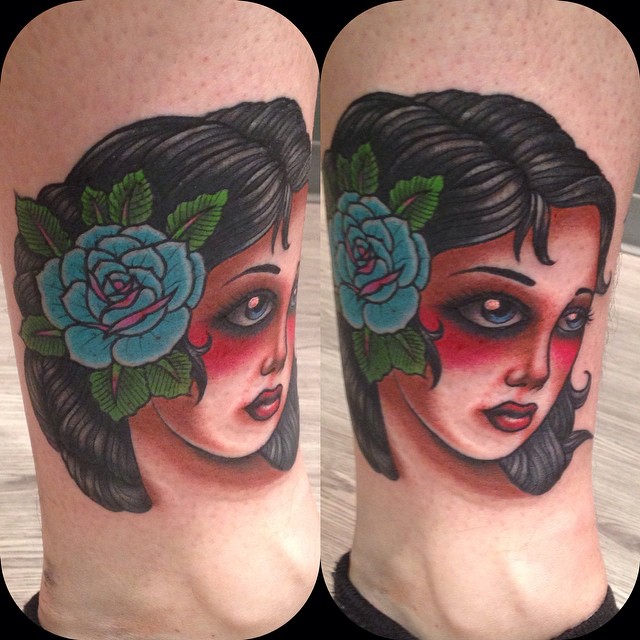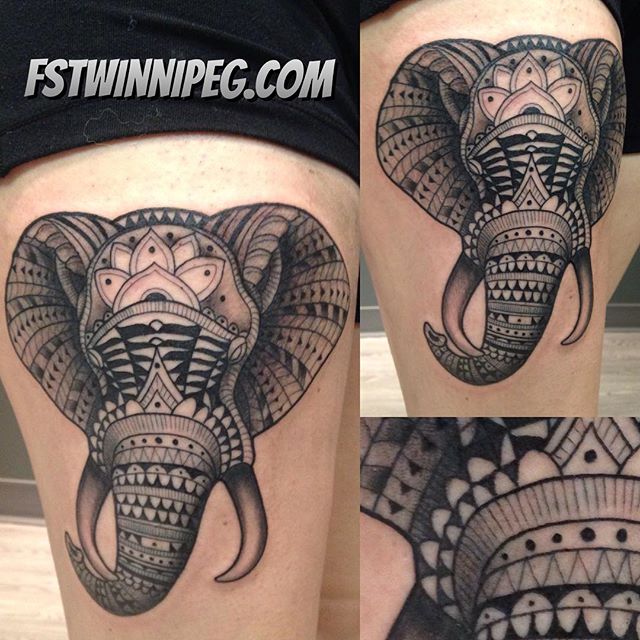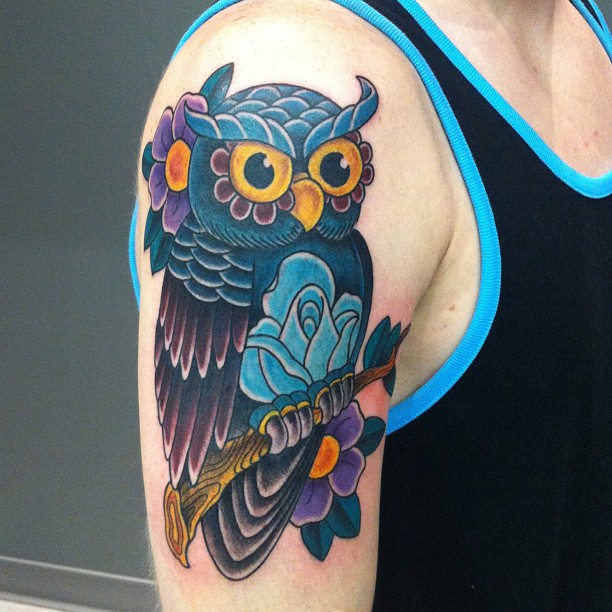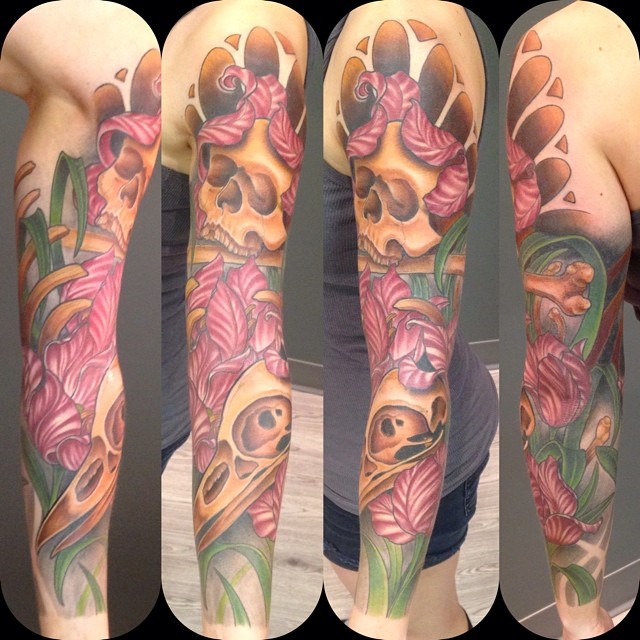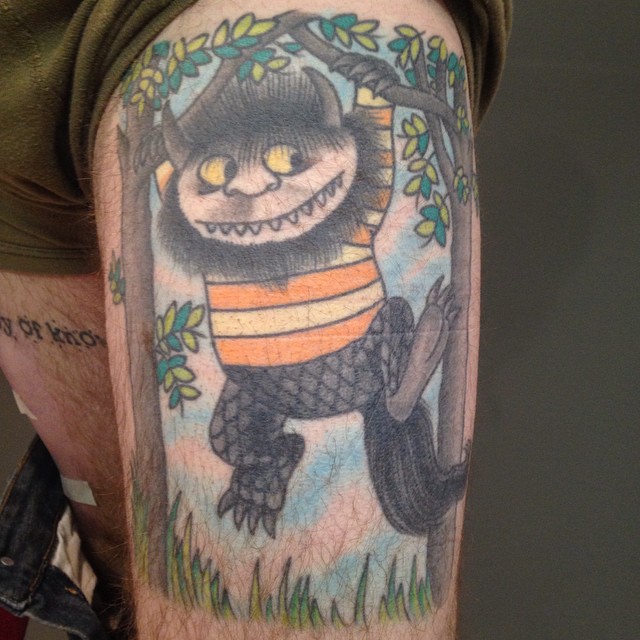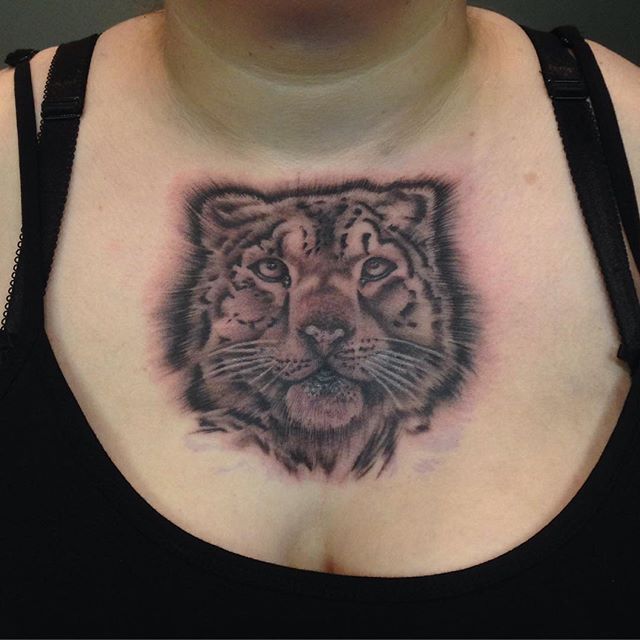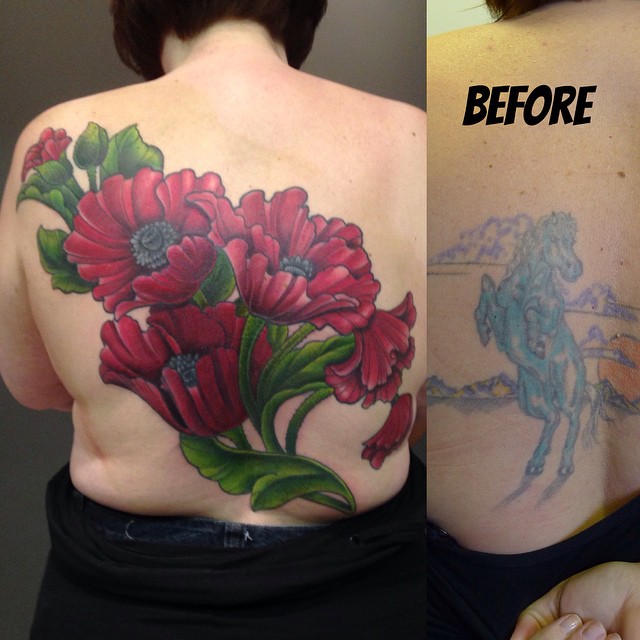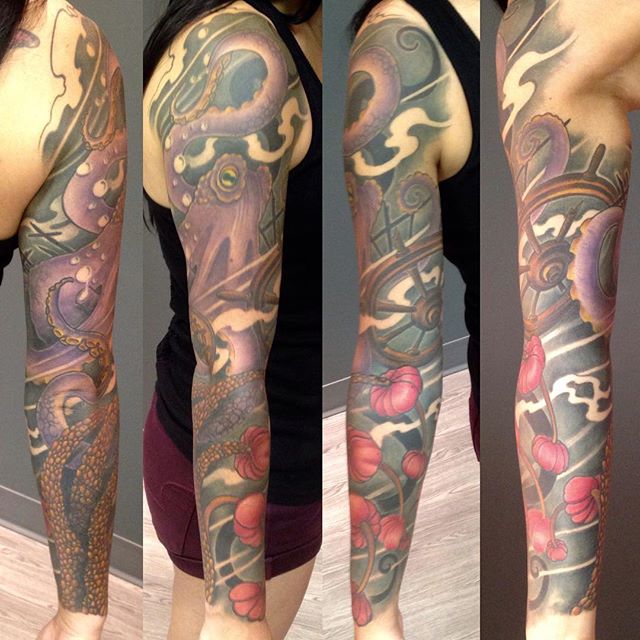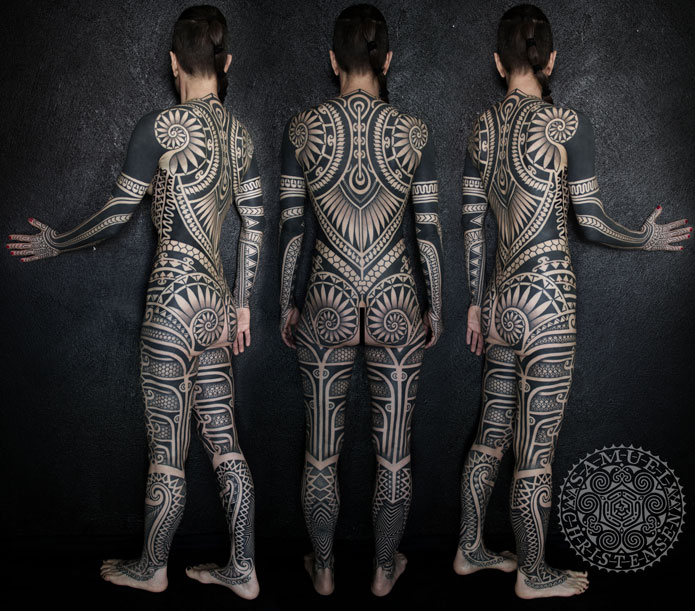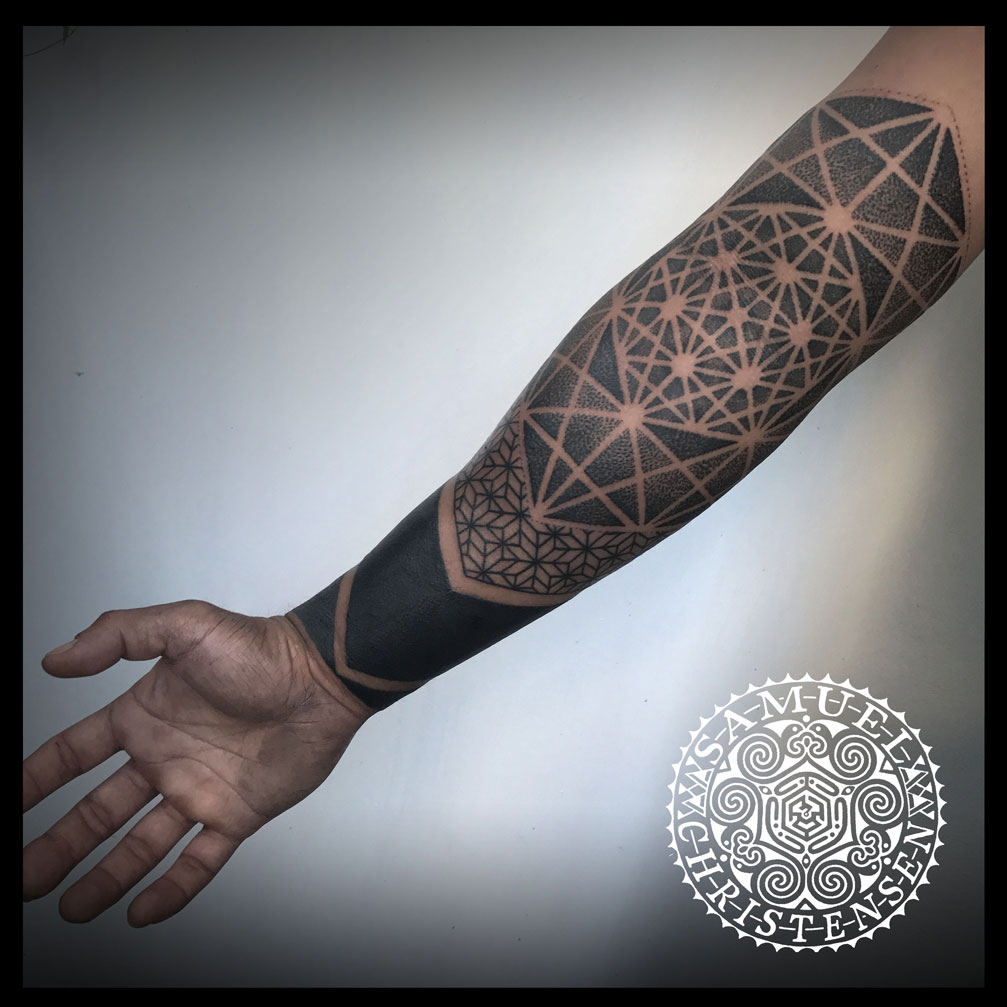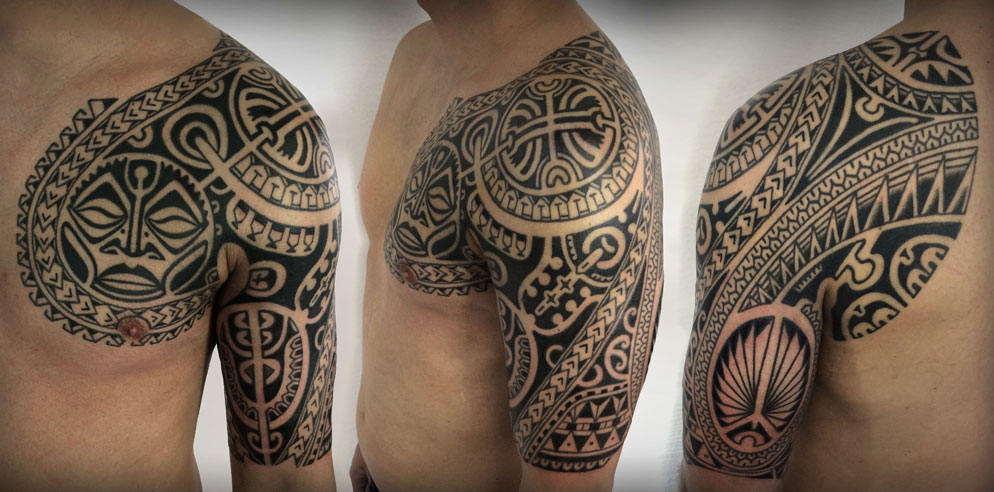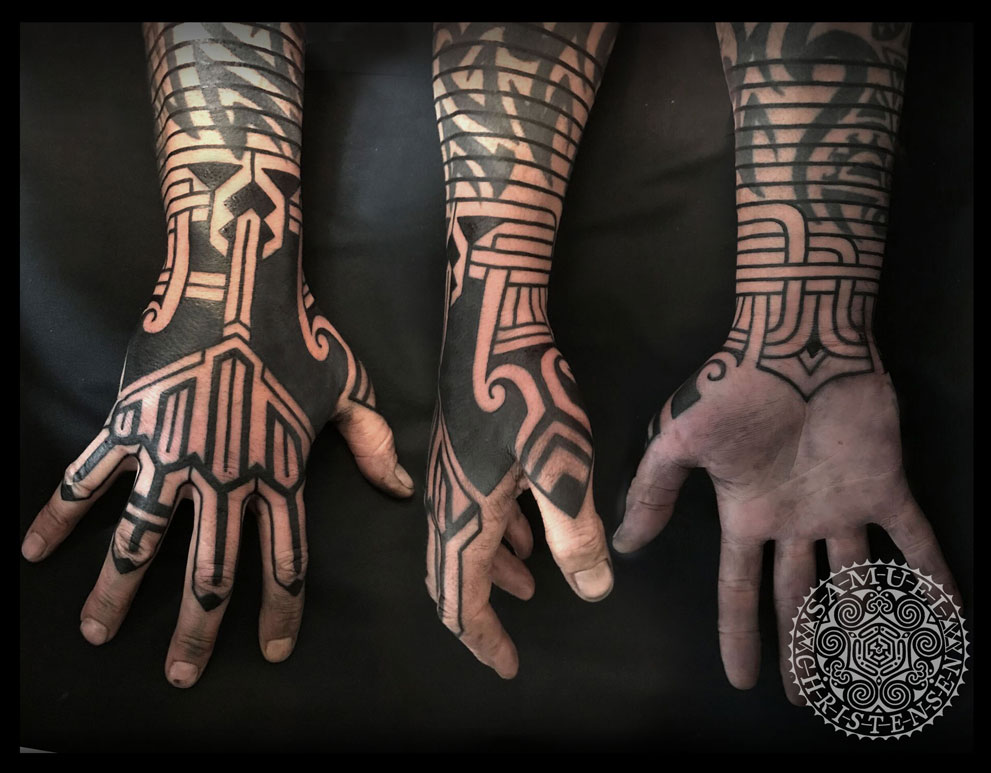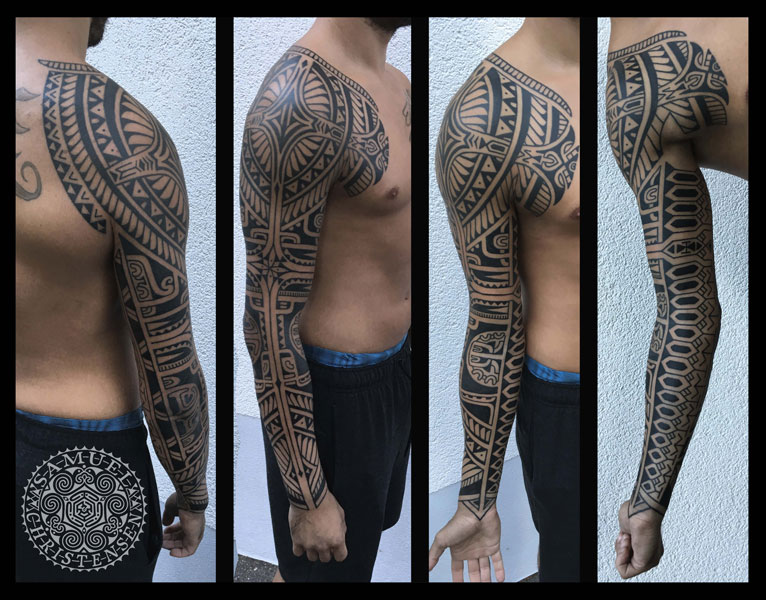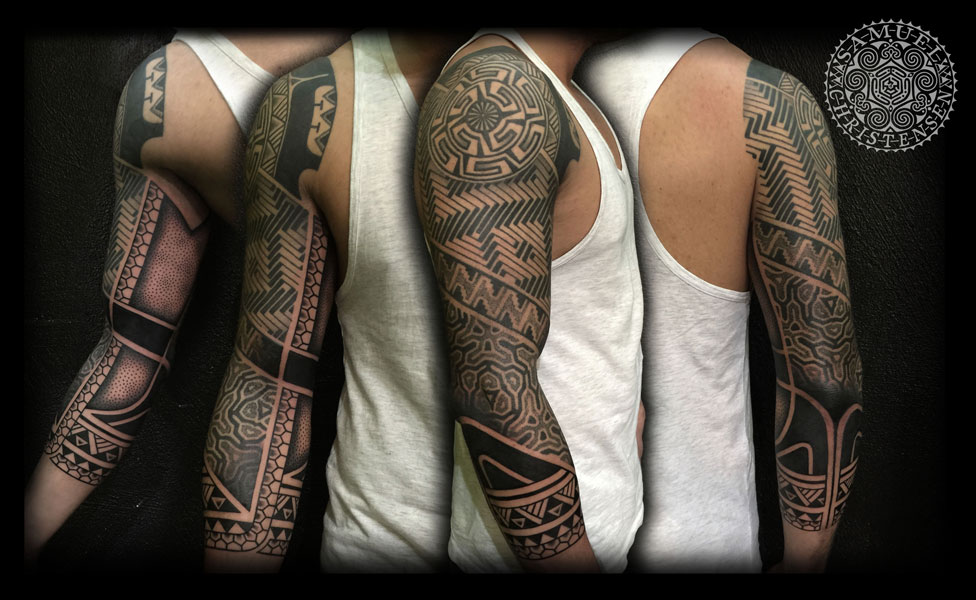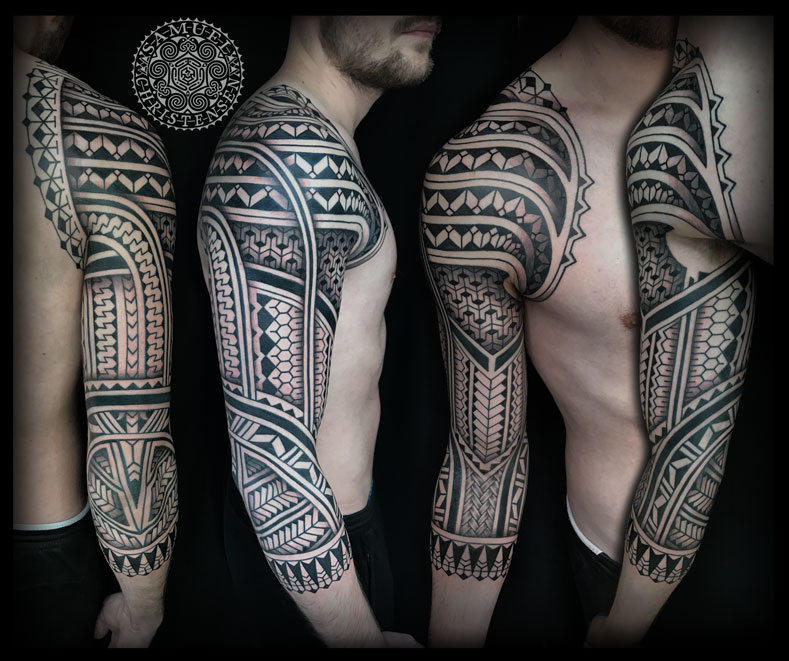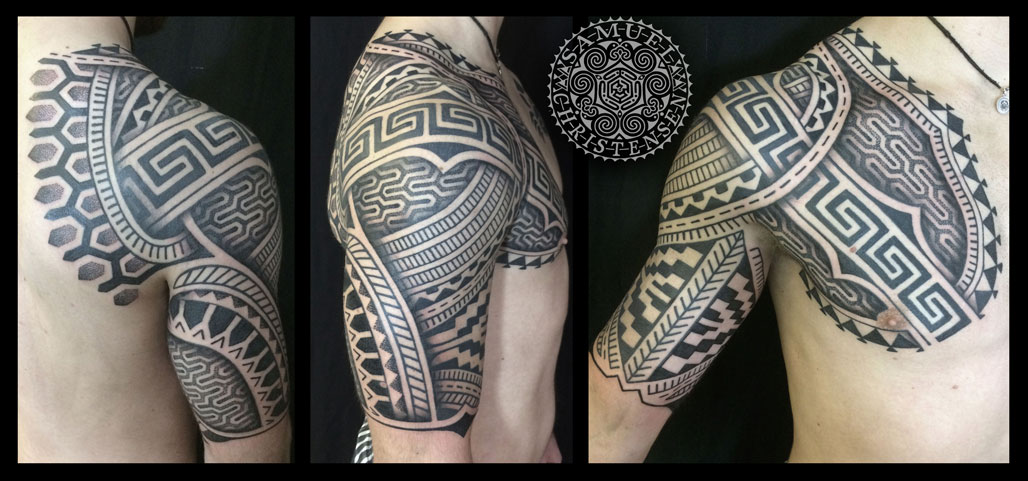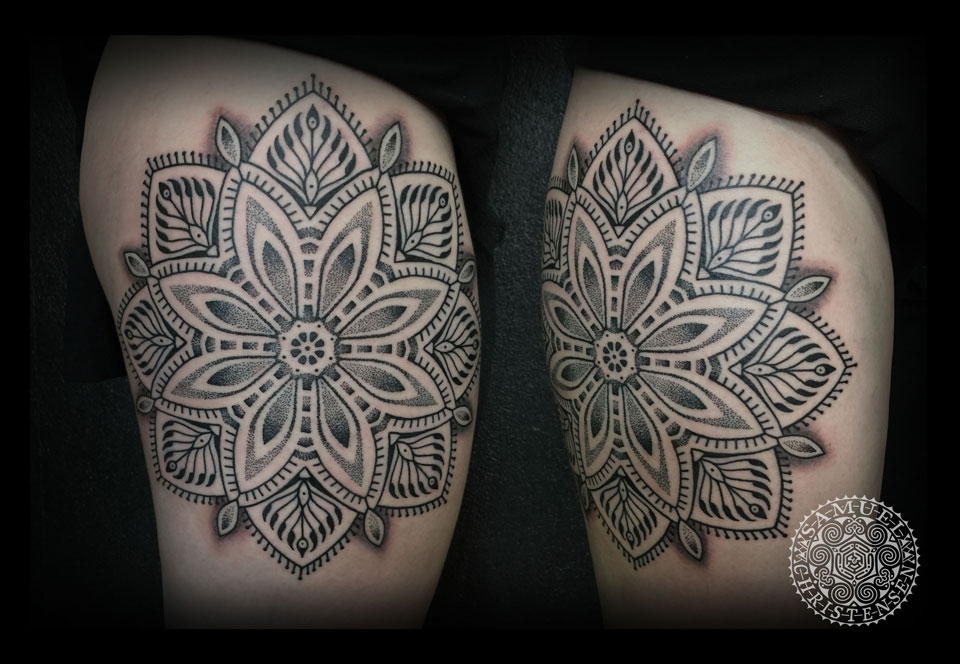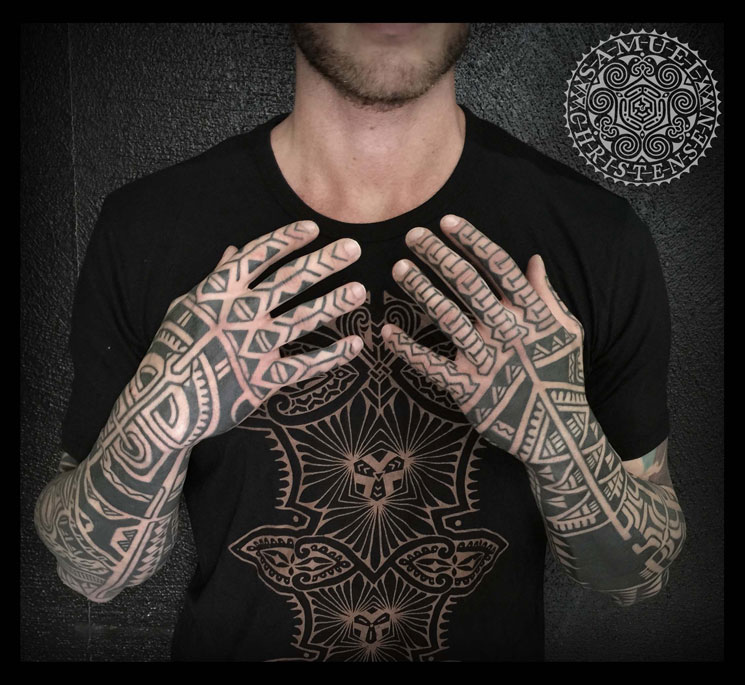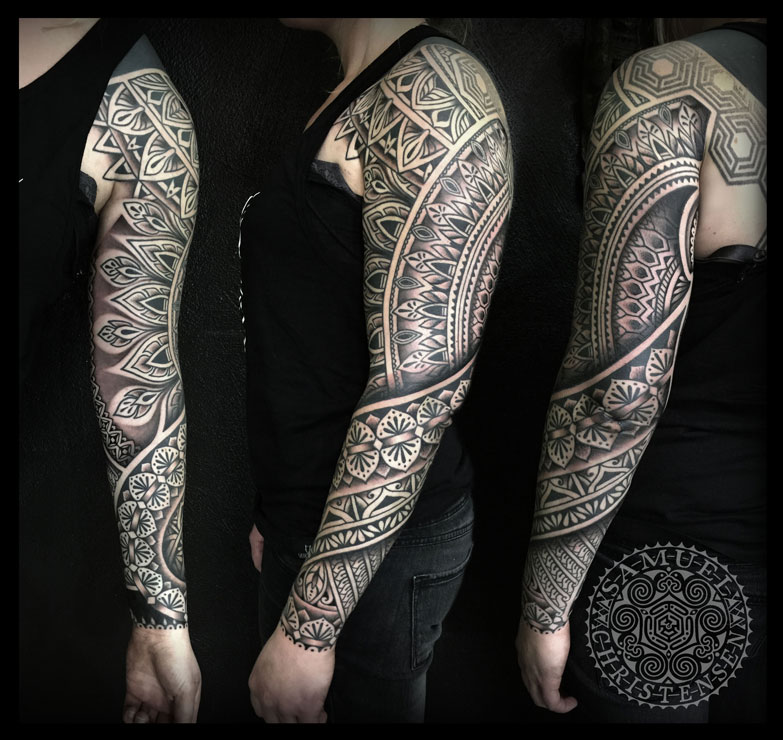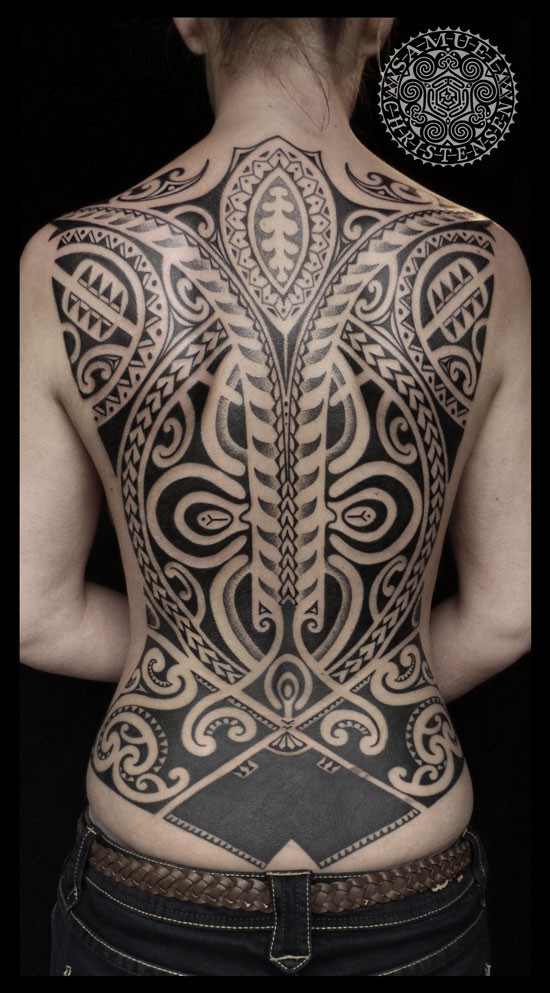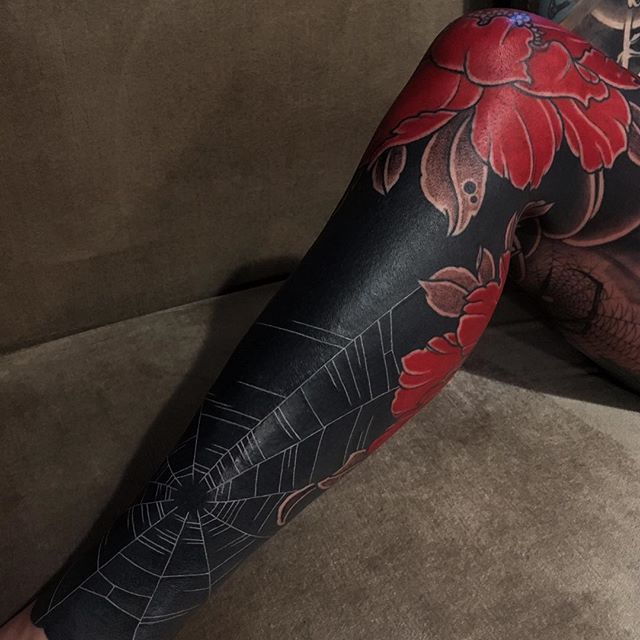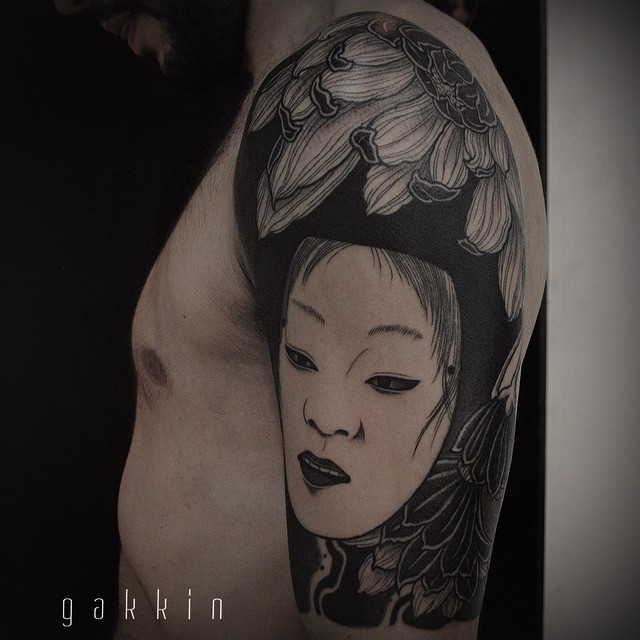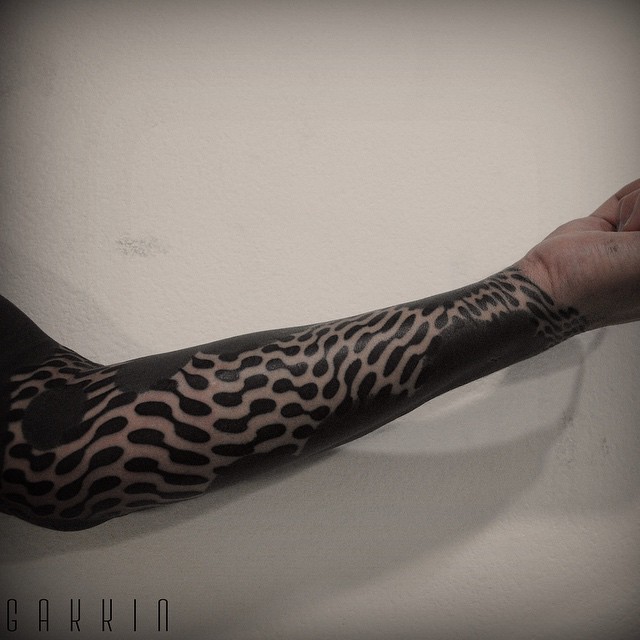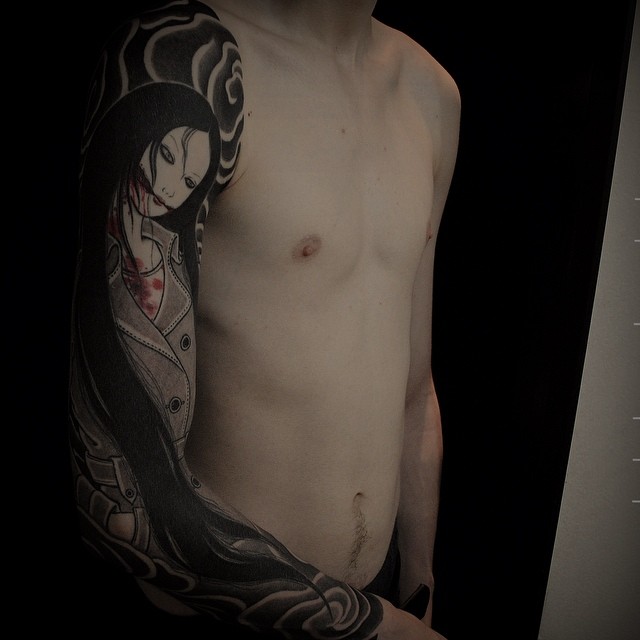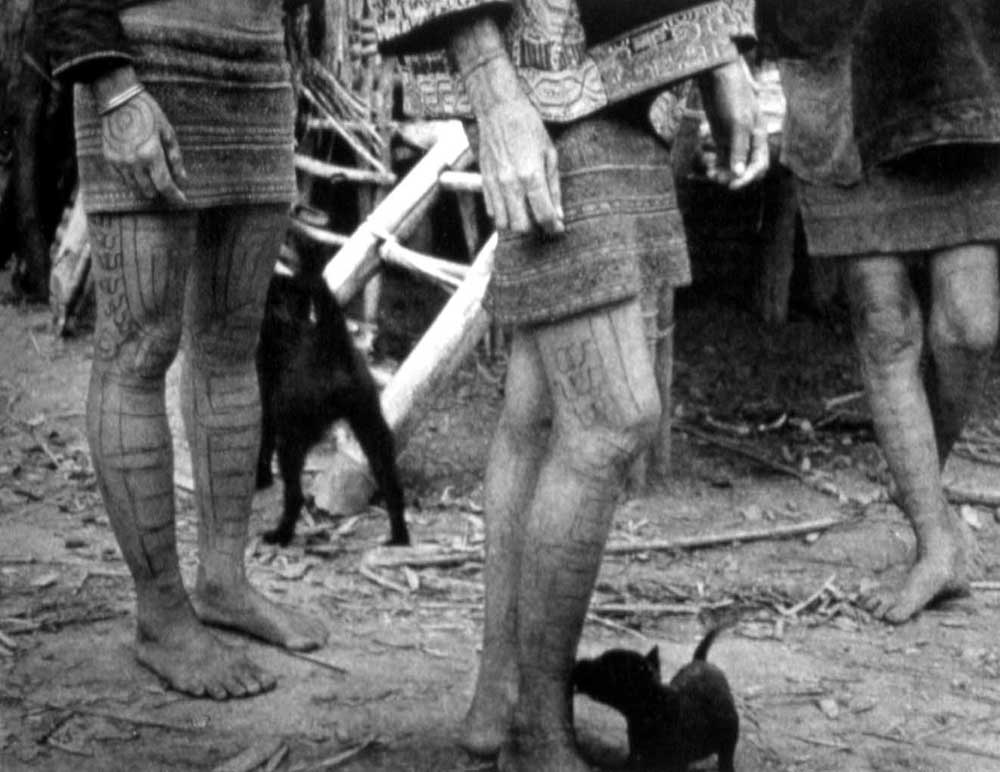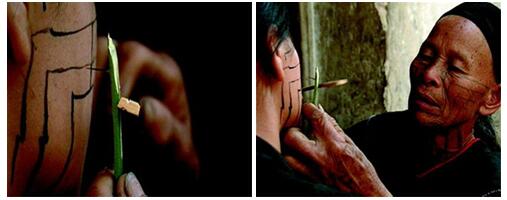Tattoos have long been an important part of Myanmar (Burmese) culture. Legend has it that tattoos were first introduced to what was then called Burma around 200 BCE by ethnic minorities that migrated to the area from southwest China.


Tattooing was/is a very important part of belonging to Myanmar, and everyone from the kings to commoners would get work done, and continue to do so even today. Early on tattoos were a way of showing off masculine strength as well as feminine beauty, on top of cultural identity and aesthetic appeal. Lots of tattooed people also believed (like many ancient cultures) that tattoos would serve as a protection from evil and that they (tattoos) could protect the wearer from harm. Being largely a Buddhist country (90% of the population is Buddhist), Buddhist tattoos have also been important in the area. Tattoos related to Buddhism would often be created at temples by monks, thus ensuring that the wearer would be protected from harm.
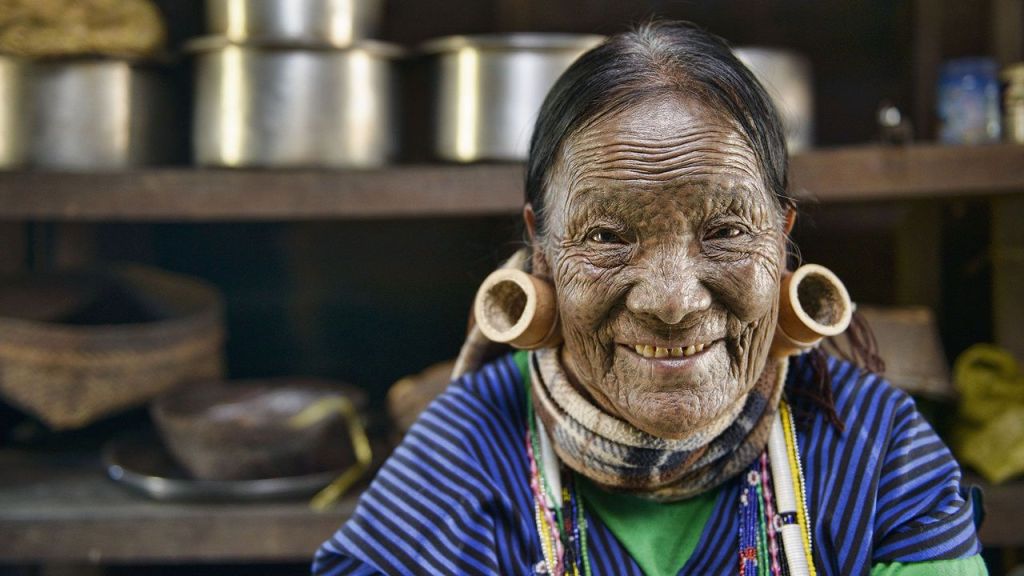

Early on in Myanmar’s history it was mainly the Shan, A Ta’I ethnic group that were getting tattooed the most frequently. The Shan States still dominate Northeast Myanmar today. Men would mainly get their waists down towards their knees tattooed as a sign of virility. Early on it’s believed that both men and women were tattooed frequently, but by the mid 1600’s only women were mainly receiving facial tattoos, particularly women of the Chin State in Western Myanmar. The women of the M’uun tribe are easily recognizable with the looping “P” or “D” shaped tattoos on their faces, along with the “Y” on their foreheads. The M’kaan women have lines on both their foreheads and chins. There are six tribes in total in the area where facial tattoos were popular for women, though sadly in the 1960’s this practice was outlawed and when these women pass away a piece of history will die with them.

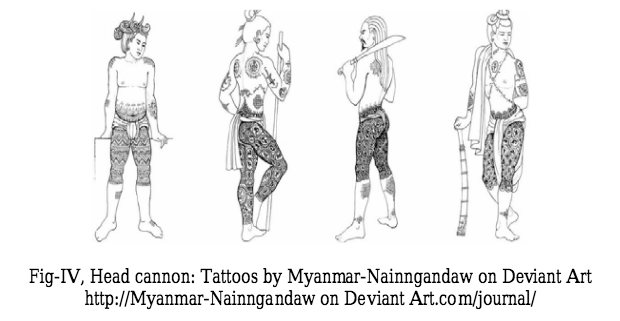
Below are a few charts that show what kind of person was getting what kind of tattoo, and where on the body, with regards to military action.
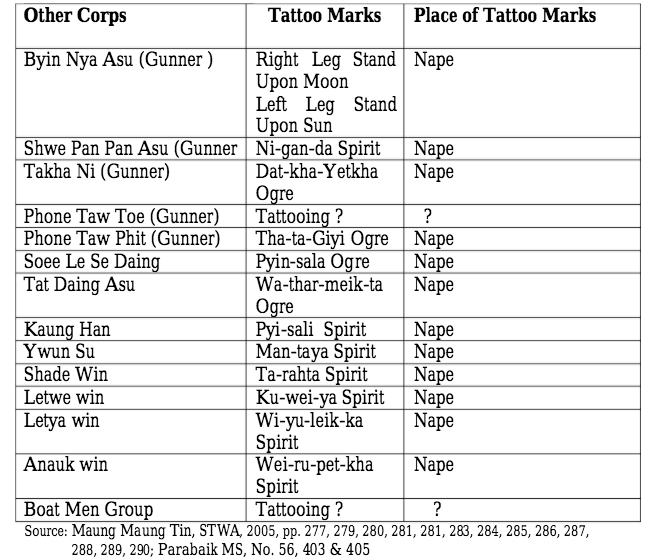
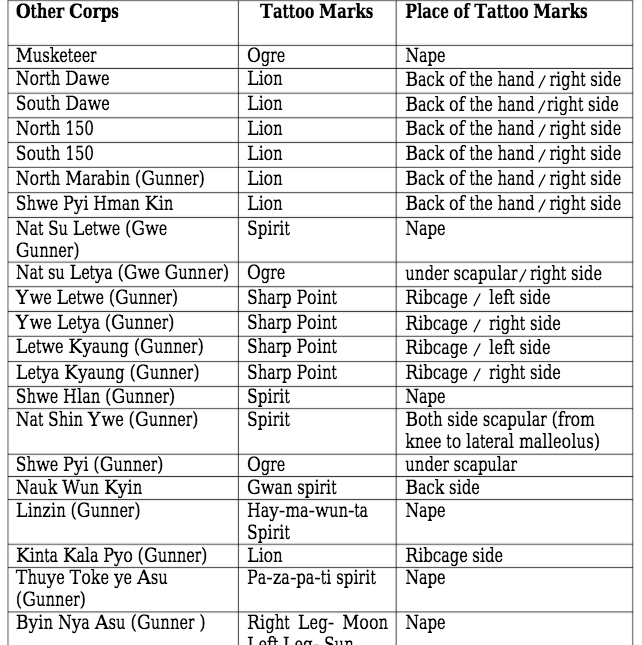
Other common motifs for tattooing in Myanmar include cats of various sizes from house cats to tigers, dragons, geometric patterns, and figures from Myanmar’s and Buddhism’s history and culture.
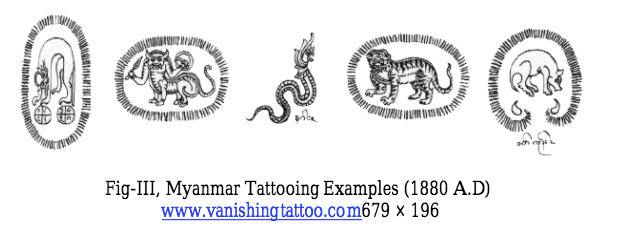
Information from “Tattoo Art in Myanmar Culture: Special Reference with State Bondsmen of Cavalry Corps 2016” written by Moe Moe Oo from the Ministry of Education, Myanmar, and
Tattoo Art in Burmese Cultures: History, Technique, Design, and Symbolic Functions of Tattooing in Burma/Myanmar
9/1/11 to 11/20/11 Northern Illinois University School of Art DeKalb IL
Edited by Harrison R.
Build your own blog using the link below!












